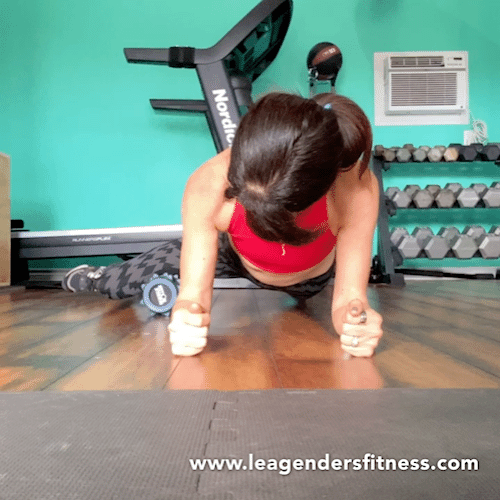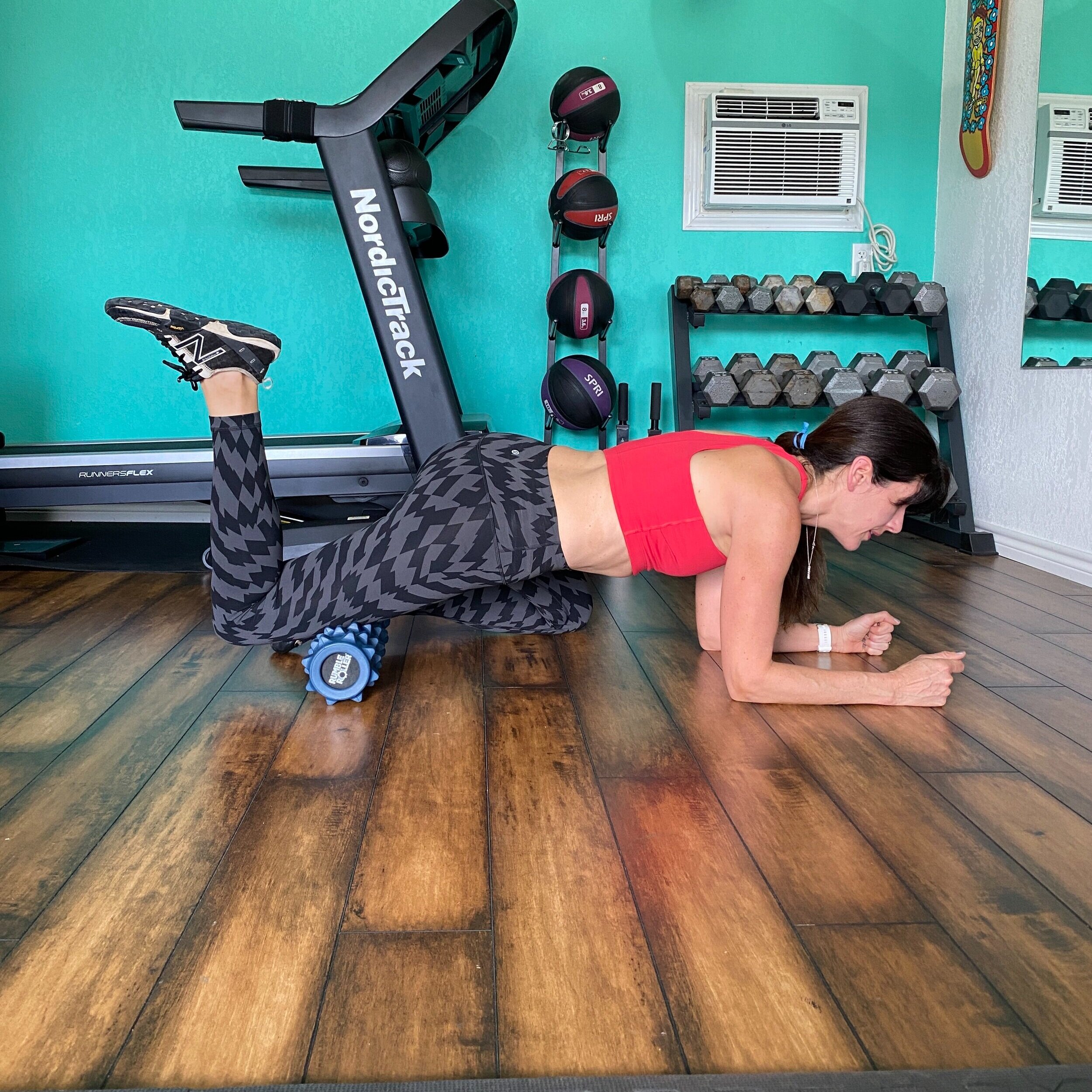Do you foam roll regularly? Some people get scared off in the beginning because it can hurt, but if you ease into it by controlling the pressure, it gets better with consistency and can even feel enjoyable after a while, like a deep massage.
With regular use, foam rollers can help runners manage recovery, improve mobility, and be a part of an injury-prevention plan.
Many runners give up before seeing any results because they think it is too painful, are not consistent, and don't use the proper techniques to progress. It doesn't have to be that way. Foam rolling can be effective and enjoyable if you're doing it right. Get the full benefits, and leave behind the pain by applying proper foam rolling techniques and practices.
This blog post will review some of the common mistakes runners make with foam rollers that can inhibit results and discourage continued use.
Foam Rolling Mistakes To Avoid
Mistake 1: Rolling Fast and Furious
Slowly move the roller over the entire muscle from different angles to locate the tender spots (you'll know when you feel them). Perform a small range of motion roll to find the hot spots that need work. Divide the muscle into smaller areas; for example, roll the top of the Quadriceps, next, the lower part above the knee, then do the right side, then the left.
Mistake 2: Not Holding in Place for 30 Seconds
Once you locate the tender spot, lean into it for at least 30 seconds while breathing normally. If you are skipping this step, you are not getting the full benefit out of your foam rolling sessions.
Mistake 3: Only Rolling
You'll get the best results if you roll, rock, and release. Besides rolling and leaning into, also rock back and forth against a tender spot. Finally, release by moving the joint through the full range of motion while applying pressure. For example, you might lift at the knee while pressing into the adductors, or flex and extend at the knee while engaging pressure on a hot spot on your Quadriceps.
Mistake 4: Tensing Up and Holding Your Breath
If it hurts so much that you are tensing your muscles or holding your breath, ease up on the pressure because it's counterintuitive to roll while tensed up. Do not lean into it with all your bodyweight if it's too painful! Foam rolling is not supposed to cause excruciating pain. It may be a bit uncomfortable at first, but you'll find with regular practice that the pain will lessen, and you'll be able to apply more pressure as you progress.
You can manage the intensity by controlling the pressure.
Start with one calf pressed on the foam roller and the other leg on the ground, as shown below. Advance by rolling both calves simultaneously to distribute the pressure across the muscles evenly. Advance again by stacking one leg on top of the other and pressing into the roller.
Mistake 5: Foam Rolling Your IT Band
Your IT band does not respond in the same way as muscles to the foam roller, it will hurt like hell, and you're probably making it worse. The IT band is not a muscle, and you can not roll it to loosen it up.
Mistake 6: Not Practicing Consistently
Yes, you can temporarily improve range of motion and tightness with one foam rolling session, but habitual work gives long-term results. Aim to spend 10-15 minutes every day working on areas that need improvement.
Mistake 7: Not Progressing
Just like with exercise moves, your body adapts to the stresses we place upon it. When your smooth foam roller isn't finding tender spots anymore, it's usually time to advance to a foam roller that digs a bit deeper. After a month or two of daily work with a smooth foam roller, most people will be ready to advance.
I love the Rumble Roller. I admit it looks scary with the spikes (I thought the same thing before I tried it), but they feel like a deep massage into the muscles. I'd venture to say that it feels better than a smooth, high-density foam roller.
Have you made any of these mistakes? I think we all have! The bottom line if your foam rolling sessions are miserable and painful, there's no way you'll be consistent enough to see progress. You can build the habit of regular foam rolling by spending just five to ten minutes every day on the areas that need the most work.
Forget "no pain, no gain" and "all-or-nothing." Ease in with appropriate pressure so that you can breathe normally and relax your muscles against the roller. You'll get better results with five minutes every day of targeted work than 40 minutes once a week. After a while, you will find foam rolling can be enjoyable and effective.
I wrote an in-depth article on foam rolling techniques if you want to learn more.
Did you like this post? Do you know someone who might benefit? It helps me when you share with your friends and followers on Facebook, Twitter, or Pinterest.
Questions? I’d love to help.

















The arrival of a new year often brings a specific kind of pressure to reinvent every aspect of our lives overnight. We tend to latch on to the idea that we can only improve through massive action and radical shifts in our daily routines. While the ambition is admirable, this approach is frequently a recipe for overwhelm and a quick return to old habits by mid-February.
True, lasting change rarely takes root in high stress environments. For the rest of us, the path to health lies in a more grounded and thoughtful approach that respects our unique context. By discovering a deeper motivation, committing to the bare minimum, and leading with self-compassion, we can move away from the cycle of burnout. It is about shifting our perspective from reaching a finish line to enjoying the daily journey, allowing wellness to become a part of who we are rather than just something we are trying to achieve.